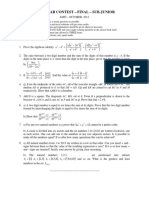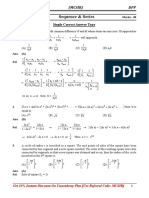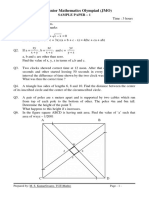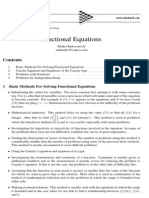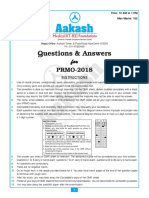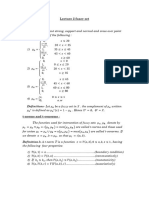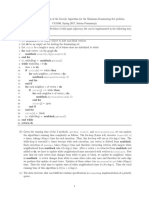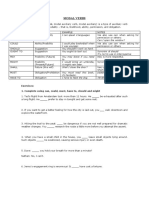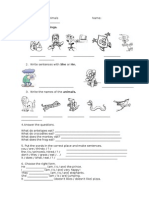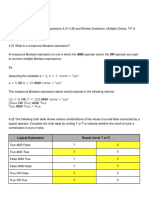0% found this document useful (0 votes)
455 views4 pagesRecurrence Relations
The document discusses recurrence relations, which define sequences where each term is defined by previous terms using a recurrence formula. It covers:
1) Linear homogeneous recurrence relations of orders 1 and 2, which can be solved using roots of the characteristic equation.
2) Non-homogeneous linear recurrence relations, which involve finding a particular solution and adding it to the general solution of the related homogeneous relation.
3) Methods for solving various types of recurrence relations, including examples solving specific relations.
Uploaded by
Vasikaran KCopyright
© © All Rights Reserved
We take content rights seriously. If you suspect this is your content, claim it here.
Available Formats
Download as PDF, TXT or read online on Scribd
0% found this document useful (0 votes)
455 views4 pagesRecurrence Relations
The document discusses recurrence relations, which define sequences where each term is defined by previous terms using a recurrence formula. It covers:
1) Linear homogeneous recurrence relations of orders 1 and 2, which can be solved using roots of the characteristic equation.
2) Non-homogeneous linear recurrence relations, which involve finding a particular solution and adding it to the general solution of the related homogeneous relation.
3) Methods for solving various types of recurrence relations, including examples solving specific relations.
Uploaded by
Vasikaran KCopyright
© © All Rights Reserved
We take content rights seriously. If you suspect this is your content, claim it here.
Available Formats
Download as PDF, TXT or read online on Scribd
/ 4











